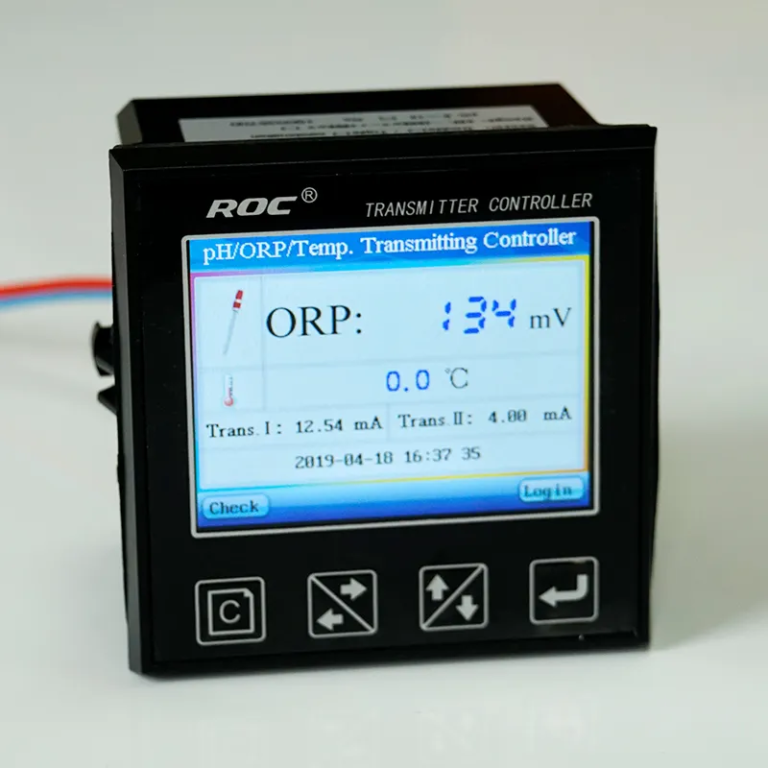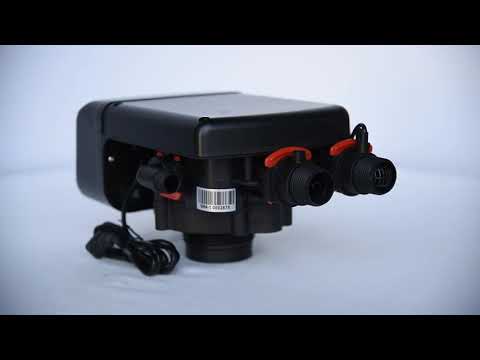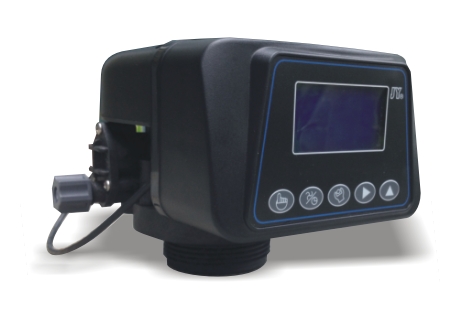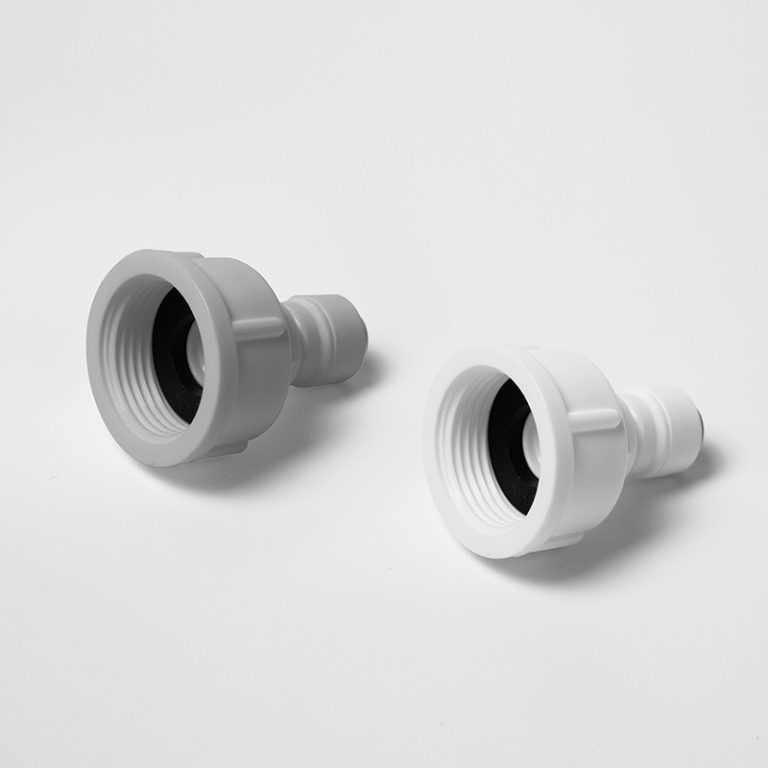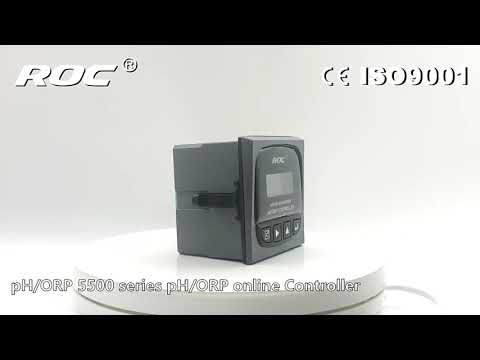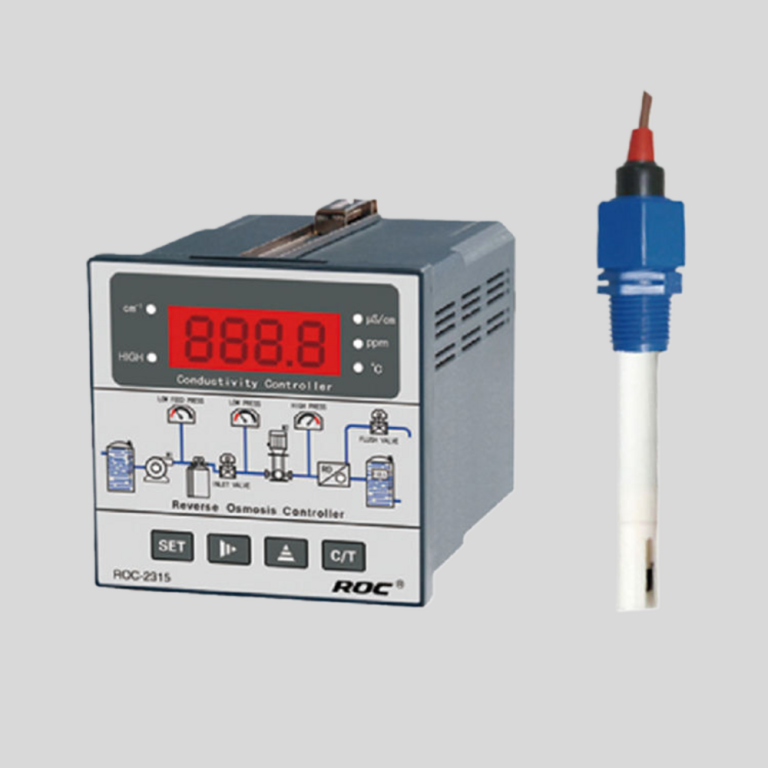“Stay connected in style with our conductive e-coat.”
Exploring the Benefits of Using E-Coat for Conductive Applications
Electrocoating, also known as e-coating, is a process that has gained popularity in various industries for its ability to provide a durable and uniform coating on metal surfaces. One question that often arises is whether e-coat is conductive. In this article, we will explore the benefits of using e-coat for conductive applications.
E-coat is a process that involves immersing a metal part in a tank filled with a water-based paint solution. An electric current is then passed through the solution, causing the paint particles to deposit onto the metal surface. This process creates a uniform and corrosion-resistant coating that adheres well to the metal substrate.
| ROS-360 Water Treatment RO Programmer Controller | ||
| Model | ROS-360 Single Stage | ROS-360 Double Stage |
| Measuring range | Source water0~2000uS/cm | Source water0~2000uS/cm |
| First level effluent 0~1000uS/cm | First level effluent 0~1000uS/cm | |
| secondary effluent 0~100uS/cm | secondary effluent 0~100uS/cm | |
| Pressure sensor(optional) | Membrane pre/post pressure | Primary/ secondary membrane front/rear pressure |
| Flow Sensor(optional) | 2 channels (Inlet/outlet flow rate) | 3 channels (source water, primary flow,secondary flow) |
| IO input | 1.Raw water low pressure | 1.Raw water low pressure |
| 2.Primary booster pump inlet low pressure | 2.Primary booster pump inlet low pressure | |
| 3.Primary booster pump outlet high pressure | 3.Primary booster pump outlet high pressure | |
| 4.High liquid level of Level 1 tank | 4.High liquid level of Level 1 tank | |
| 5.Low liquid level of Level 1 tank | 5.Low liquid level of Level 1 tank | |
| 6.Preprocessing signal | 6.2nd booster pump outlet high pressure | |
| 7.High liquid level of Level 2 tank | ||
| 8.Preprocessing signal | ||
| Relay output (passive) | 1.Water inlet valve | 1.Water inlet valve |
| 2.Source water pump | 2.Source water pump | |
| 3.Booster pump | 3.Primary booster pump | |
| 4.Flush valve | 4.Primary flush valve | |
| 5.Water over standard discharge valve | 5.Primary water over standard discharge valve | |
| 6.Alarm output node | 6.Secondary booster pump | |
| 7.Manual standby pump | 7.Secondary flush valve | |
| 8.Secondary water over standard discharge valve | ||
| 9.Alarm output node | ||
| 10.Manual standby pump | ||
| The main function | 1.Correction of electrode constant | 1.Correction of electrode constant |
| 2.TDS alarm setting | 2.TDS alarm setting | |
| 3.All working mode time can be set | 3.All working mode time can be set | |
| 4.High and low pressure flushing mode setting | 4.High and low pressure flushing mode setting | |
| 5.Manual/automatic can be chosen when boot up | 5.Manual/automatic can be chosen when boot up | |
| 6.Manual debugging mode | 6.Manual debugging mode | |
| 7.Spare parts time management | 7.Spare parts time management | |
| Expansion interface | 1.Reserved relay output | 1.Reserved relay output |
| 2.RS485 communication | 2.RS485 communication | |
| Power supply | DC24V±10% | DC24V±10% |
| Relative humidity | ≦85% | ≤85% |
| Environment temperature | 0~50℃ | 0~50℃ |
| Touch screen size | Touch screen size: 7 inches 203*149*48mm (Hx Wx D) | Touch screen size: 7 inches 203*149*48mm (Hx Wx D) |
| Hole Size | 190x136mm(HxW) | 190x136mm(HxW) |
| Installation | Embedded | Embedded |
One of the key benefits of using e-coat for conductive applications is its ability to provide a consistent and reliable coating thickness. Because the coating is applied through an electrochemical process, it can be controlled with precision to achieve the desired thickness. This is particularly important in applications where a specific level of conductivity is required.
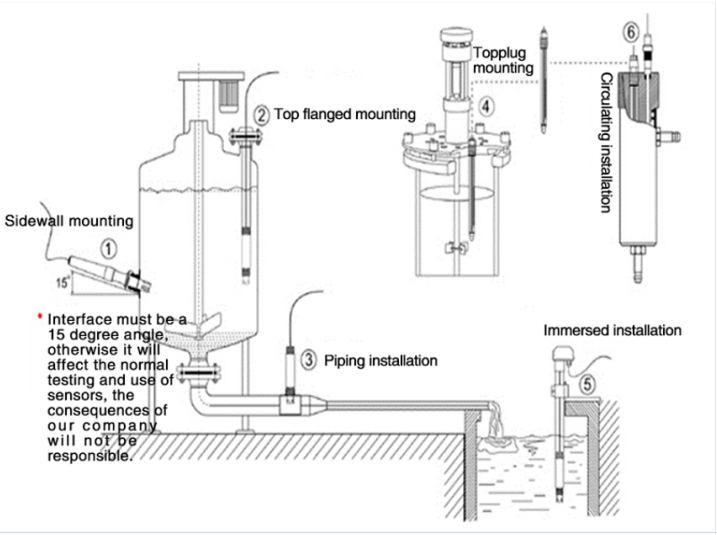
In addition to providing a uniform coating thickness, e-coat also offers excellent coverage and adhesion properties. The paint particles are attracted to the metal surface through the electric current, ensuring that the coating adheres well and covers all areas of the part. This results in a durable and long-lasting finish that is resistant to chipping, peeling, and corrosion.
Another benefit of using e-coat for conductive applications is its ability to provide a high level of conductivity. The paint used in the e-coating process contains conductive pigments, such as carbon black or metallic particles, which help to enhance the electrical conductivity of the coated part. This makes e-coat an ideal choice for applications where electrical conductivity is a critical factor.
Furthermore, e-coat is a cost-effective coating solution for conductive applications. The process is highly automated, which helps to reduce labor costs and increase efficiency. Additionally, e-coat provides excellent coverage with minimal waste, making it a sustainable and environmentally friendly option for coating metal parts.
In conclusion, e-coat is a versatile and effective coating solution for conductive applications. Its ability to provide a uniform coating thickness, excellent coverage and adhesion properties, high level of conductivity, and cost-effectiveness make it an ideal choice for a wide range of industries. Whether you are looking to coat metal parts for electrical conductivity or corrosion resistance, e-coat is a reliable and durable option to consider.

